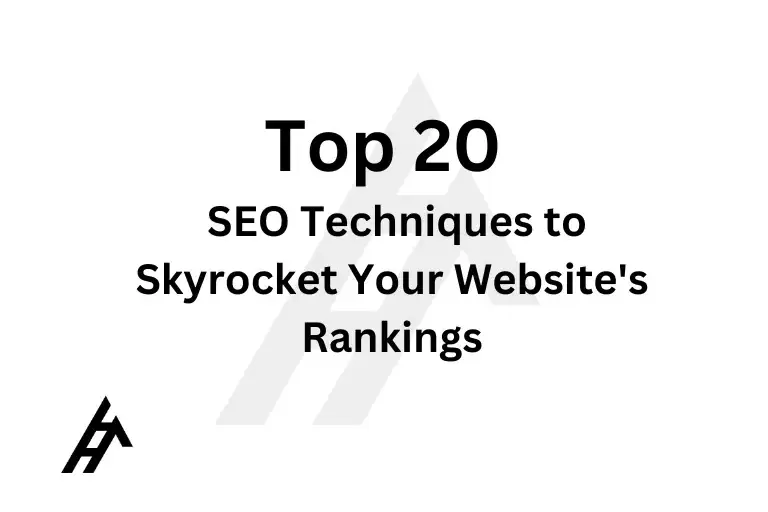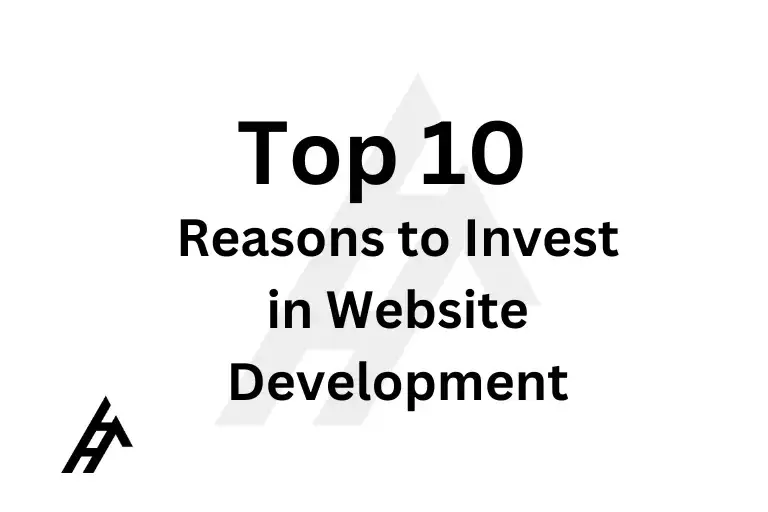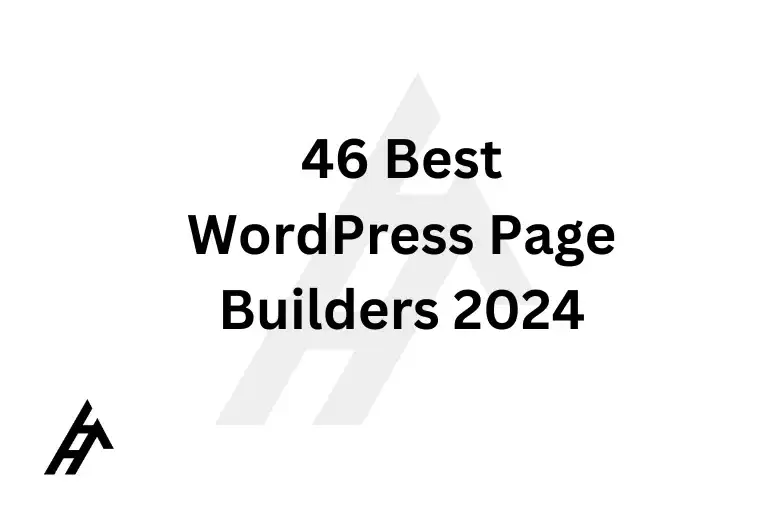In in recent times’s digital panorama, net website online speed is vital. A fast-loading internet web site not handiest complements purchaser experience however also improves search engine scores and boosts conversion prices. This entire guide explores each detail of jogging a lightning-speedy internet site, from understanding common typical overall performance metrics to implementing superior optimization techniques.
The Importance of Website Speed.
Website pace is extra than definitely a number of; it’s a vital component in identifying the success of your online presence. Slow internet websites frustrate customers, important to better jump prices and decrease engagement. Google has additionally made it smooth that net page pace is a ranking detail, which means that a quicker internet website can result in better visibility and greater web website website site visitors.
Understanding Website Performance Metrics.
To optimize your internet web web page efficaciously, you have to first recognize the important thing usual performance metrics. Metrics which includes Time to First Byte (TTFB), First Contentful Paint (FCP), and Largest Contentful Paint (LCP) offer insights into how rapid your content fabric hundreds. Tools like Google PageSpeed Insights and GTmetrix will can help you analyze those metrics and emerge as aware about areas for improvement.
Common Causes of Slow Website Speed.
Several factors can contribute to a slow net web page. Large photograph files, inefficient code, excessive HTTP requests, and gradual server reaction instances are only a few. Identifying and addressing those troubles is the first step within the course of a quicker website.
Optimizing Images for Speed.
Images often make up a extremely good portion of a internet site’s load time. Optimizing photographs is critical for lowering load times and improving regularly occurring usual overall performance.
Choosing the Right Format.
Selecting the right photo format is critical. JPEGs are extraordinary for photos, at the same time as PNGs are higher for images with transparency. WebP, a greater moderen layout, offers superior compression and notable for every varieties of pix.
Compression Techniques.
Using compression equipment like TinyPNG or JPEG-Optimizer can extensively reduce file sizes without compromising awesome. Additionally, imposing responsive photographs guarantees that the right photograph length is loaded primarily based at the person’s device.
Lazy Loading Images.
Lazy loading is a way in which images are most effective loaded when they enter the viewport. This reduces initial load instances and improves perceived common overall performance. Implementing lazy loading is easy with modern-day web development frameworks and plugins.
Leveraging Browser Caching.
Browser caching stores static files within the purchaser’s browser, reducing the want to download them on subsequent visits. This can dramatically speed up repeat visits in your internet internet site.
Setting Expiration Dates.
By putting expiration dates for cached sources, you could manage how prolonged they’re stored within the browser. This guarantees clients continually have the maximum updated content with out needless downloads.
Using Cache-Control Headers.
Cache-Control headers provide detailed instructions to browsers about how and when to cache sources. Properly configured headers can lessen load instances and server load.
Minifying CSS, JavaScript, and HTML.
Minification entails casting off useless characters from code, along with white spaces, remarks, and line breaks, to reduce document sizes and improve load instances.
Benefits of Minification.
Minified documents load quicker, ensuing in a greater responsive website. This system additionally enables in lowering bandwidth usage and server load.
Tools for Minification.
Tools like UglifyJS, CSSNano, and HTMLMinifier can automate the minification procedure. Many content management systems (CMS) additionally provide plugins that manage minification automatically.
Using Content Delivery Networks (CDNs).
CDNs distribute your content throughout more than one servers international, lowering the space records need to travel to attain customers. This results in faster load times and progressed reliability.
How CDNs Work.
A CDN caches your content in multiple locations, referred to as side servers. When a person requests a page, the CDN serves the content from the closest facet server, lowering latency.
Top CDN Providers.
Popular CDN vendors include Cloudflare, Akamai, and Amazon CloudFront. These offerings offer numerous plans to match one of a kind wishes and budgets.
Optimizing Server Response Times.
The tempo at which your server responds to requests is critical for a quick net website. Optimizing server primary common overall performance consists of every hardware and software program software software software problems.
Choosing the Right Hosting.
Selecting the right website hosting organisation is foundational. Consider alternatives like VPS or devoted hosting for better general overall performance. Shared net website hosting, at the equal time as cheap, often suffers from slower response instances because of useful resource sharing.
Server Configuration Tips.
Optimizing your server’s configuration can also moreover need to make a terrific difference. Ensure your server software software application is updated, and hold in mind the usage of a light-weight internet server like Nginx or Apache with trendy overall performance-boosting modules.
Implementing Accelerated Mobile Pages (AMP).
AMP is a framework that permits create brilliant-rapid cellular pages. It strips down HTML and implements a streamlined model to load content material material cloth nearly right now on cellular gadgets.
Benefits of AMP.
AMP pages load quicker, supplying a better man or woman revel in on cell devices. They also are prioritized in Google’s cell are seeking outcomes, likely boosting visibility and traffic.
Setting Up AMP.
Setting up AMP entails growing an change model of your pages with the AMP HTML format. Many CMS structures offer plugins to simplify this tool.
Reducing HTTP Requests.
Every element on a website requires an HTTP request. Reducing the quantity of requests can drastically accelerate your internet site.
Combining Files.
Combine CSS and JavaScript documents where possible. This reduces the quantity of requests and improves load instances.
Inline Small CSS.
Inlining small CSS can reduce HTTP requests and enhance overall performance. This practice is specially useful for essential CSS needed for above-the-fold content material.
Optimizing Your Database.
A well-optimized database is critical for a quick website, especially for dynamic websites that depend heavily on database queries.
Cleaning Up Your Database.
Regularly cleaning up your database can cast off unnecessary records and improve performance. Tools like WP-Optimize can automate this process for WordPress web sites.
Using Indexes.
Indexes can speed up database queries by means of permitting the database to find data more correctly. Ensure your database tables are properly listed.
Using Gzip Compression.
Gzip compression reduces the dimensions of files sent from the server to the browser, dashing up load instances.
Enabling Gzip.
Most internet servers help Gzip compression. Enabling it typically includes including a few lines of code to your server’s configuration documents.
Benefits of Compression.
Compressed files load faster and use much less bandwidth, improving typical website overall performance.
Optimizing Fonts for Web Performance.
Fonts can substantially effect load times. Optimizing them is essential for a fast website.
Choosing Efficient Web Fonts.
Choose net fonts which might be optimized for overall performance. Google Fonts offers a large choice of fonts designed for the net.
Using Font Display Swap.
The font-show CSS assets permits textual content to be displayed even as net fonts are loading, preventing invisible textual content throughout web page load.
Implementing Asynchronous Loading.
Asynchronous loading permits sources to load independently of the principle page content, improving universal overall performance.
Asynchronous JavaScript.
Load JavaScript documents asynchronously to prevent them from blocking off the rendering of the rest of the page.
Deferred Loading Techniques.
Defer loading non-vital resources until after the main content has loaded. This ensures a faster preliminary web page load.
Monitoring Website Performance.
Regular monitoring allows you become aware of performance troubles and track the effectiveness of your optimizations.
Using Google Analytics.
Google Analytics affords valuable insights into your internet site’s overall performance, including web page load instances and consumer behavior.
Third-Party Tools.
Tools like Pingdom, GTmetrix, and WebPageTest provide specified performance analysis and guidelines for improvement.
Regular Website Audits.
Conducting everyday audits ensures your internet site remains optimized and identifies any new troubles that can rise up.
Importance of Audits.
Audits assist you maintain a high-appearing website by way of regularly reviewing and optimizing all components of your website online.
Tools for Audits.
Several equipment can help with audits, which includes Lighthouse, PageSpeed Insights, and YSlow.
Ensuring Mobile Optimization.
With extra users gaining access to the net thru mobile devices, optimizing your site for cellular is important.
Responsive Design.
A responsive layout ensures your internet site looks and performs properly on all device types and display sizes.
Mobile-First Indexing.
Google’s cell-first indexing approach that the mobile model of your site is used for indexing and rating. Ensure your mobile website online is as fast and green as your computing device version.
Utilizing Advanced Caching Techniques.
Advanced caching strategies can in addition improve overall performance via storing and serving content greater efficiently.
Varnish Cache.
Varnish Cache is an internet utility accelerator which can substantially speed up shipping of your content material.
Redis Cache.
Redis is an in-memory facts structure store that can be used as a database, cache, and message broking. It improves overall performance through storing frequently accessed statistics in memory.
Improving Backend Performance.
Backend overall performance is just as vital as frontend optimization. Efficient coding practices and a nicely-optimized database could make a huge difference.
Efficient Coding Practices.
Write smooth, efficient code to ensure your server can system requests quickly. Avoid pointless computations and use green algorithms.
Database Optimization.
Regularly optimize your database by using cleansing up useless facts and making sure indexes are used efficiently.
Eliminating Render-Blocking Resources.
Render-blocking sources save you a website from showing content material speedy. Identifying and removing them is critical for instant load instances.
Identifying Render-Blocking Resources.
Use gear like Google PageSpeed Insights to pick out render-blocking assets for your site.
How to Eliminate Theme.
Load essential CSS inline and defer non-vital JavaScript to lessen render-blockading problems.
Optimizing Third-Party Scripts.
Third-party scripts can upload enormous load time on your internet site. Optimizing their use is crucial for performance.
Evaluating Third-Party Scripts.
Regularly examine the overall performance impact of third-birthday celebration scripts and get rid of any which might be useless.
Managing Script Load Times.
Use asynchronous loading and defer non-vital scripts to enhance load times.
Improving User Experience for Speed.
A speedy website complements consumer enjoy, leading to higher engagement and satisfaction.
Prioritizing Content.
Ensure the maximum essential content hundreds first. This improves the perceived overall performance of your website.
Interactive Elements.
Interactive factors like paperwork and buttons need to be responsive and short to load to preserve users engaged.
Implementing HTTP/2.
HTTP/2 offers numerous overall performance enhancements over HTTP/1.1, such as multiplexing and header compression.
Benefits of HTTP/2.
HTTP/2 reduces latency and improves load times, especially for websites with many requests.
How to Enable HTTP/2.
Enabling HTTP/2 commonly entails a few configuration adjustments in your server. Most contemporary website hosting providers guide HTTP/2.
Conclusion.
Running a lightning-rapid website calls for a complete technique to optimization. By understanding performance metrics, identifying bottlenecks, and implementing great practices, you could make certain your internet site gives you a quick, seamless experience for your customers. Regular tracking and audits will help you maintain and improve your web page’s performance over time.
How Archaeo Agency Can Help.
At Archaeo Agency, we specialize in building high-performance websites designed to attract, engage, and convert. We understand the unique needs of realtors and create custom solutions that not only look stunning but also drive tangible results.
Get Your Professional Website in 24 Hours!
Is your website sending potential clients running? Contact Archaeo Agency today for a free website audit and let’s transform your online presence into a powerful lead generation tool.
Ready to give your website the upgrade it deserves? Contact Archaeo Agency today for a free consultation and let’s discuss how we can transform your online presence into a lead-generating powerhouse!



